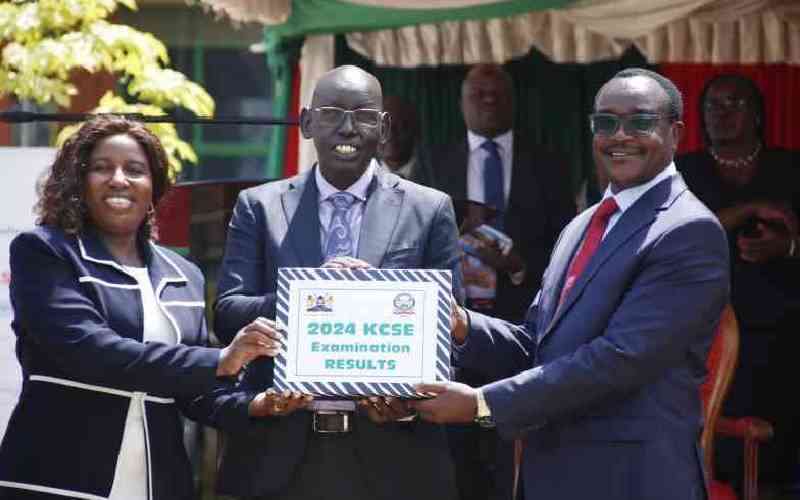The low number of youth turning up to take the 30 percent government procurement tenders reserved for them indicates something is wrong on how this programme is operated that needs urgent attention.
The much applauded affirmative action to address joblessness by allowing the youth, women and people with disability to supply the government certain items is failing since those implementing it have failed to address vital aspects the programme’s proponent ignored.
From the outset, it was not structured in a manner that sought to address a constituency that had suffered marginalisation for many years.
Government reports, which have seen President Kenyatta lament that the procurement rule is not living up to the expectations, shows that out of Sh63 billion expenditure reserved for that purpose, only Sh3 billion was spent.
Lamentably, a preliminary report on Youth Access to Government Procurement shows only 30,000 youth have registered entities to do business with the government- of which only 6,000 benefited from this ambitious programme. Considering the high level of un-employment among the youth, it does not take a lot of effort to see that there is something going wrong. Stakeholders involved in its implementation must re-think the strategy and take deliberate measures to increase the number of beneficiaries to acceptable levels.
From the lessons learnt since the government started implementing the 30 percent rule, there is a compelling need to develop an elaborate policy that integrates all business processes and also identify a strong coordinating agency to run the programme. By refusing to create a Youth Ministry, interests of this key constituency are scattered across many ministries, making the government lose focus on every initiative it starts to empower the youth.
The approach is always disjointed. Take for instance the ministry of Planning and Devolution plans to train 1 million young Kenyans by 2016 through the National Youth Service. Although noble, it is not elaborate how this will feed into other ongoing initiatives.
Youth have over the years faced numerous challenges making it hard for them to participate in business in a manner commensurate to their numbers. There are key areas that need to be addressed by any approach that seeks to enhance their participation in business, which the last year procurement rule failed to appreciate.
One of the key issue that has been cited as the main undoing is lack of money by the youth to finance business ventures. Any approach that does not consider financing aspects looking at existing funding opportunities through government initiatives such as Uwezo Fund or collaboration with private financiers is not likely to yield desired result.
Another critical area to be considered for the success of the procurement rule is its place in the ongoing devolution. Today YAGPO has not been felt in the grassroots levels, where youth operated business entities are also expected to supply 30 percent of county governments’ tenders. Currently, about 90 percent of those registered are from Nairobi and its neighbouring counties.
Equally important, there is need to reduce the initial cost of registering entities and also flex muscle on the requirements that youth must meet to qualify for tenders. While many people have registered for YAGPO, many have failed to get tenders since the requirements set are unachievable for them. And finally goods to be supplied by the targeted group must clearly be spelt out.
 The Standard Group Plc is a
multi-media organization with investments in media platforms spanning newspaper
print operations, television, radio broadcasting, digital and online services. The
Standard Group is recognized as a leading multi-media house in Kenya with a key
influence in matters of national and international interest.
The Standard Group Plc is a
multi-media organization with investments in media platforms spanning newspaper
print operations, television, radio broadcasting, digital and online services. The
Standard Group is recognized as a leading multi-media house in Kenya with a key
influence in matters of national and international interest.
 The Standard Group Plc is a
multi-media organization with investments in media platforms spanning newspaper
print operations, television, radio broadcasting, digital and online services. The
Standard Group is recognized as a leading multi-media house in Kenya with a key
influence in matters of national and international interest.
The Standard Group Plc is a
multi-media organization with investments in media platforms spanning newspaper
print operations, television, radio broadcasting, digital and online services. The
Standard Group is recognized as a leading multi-media house in Kenya with a key
influence in matters of national and international interest.









